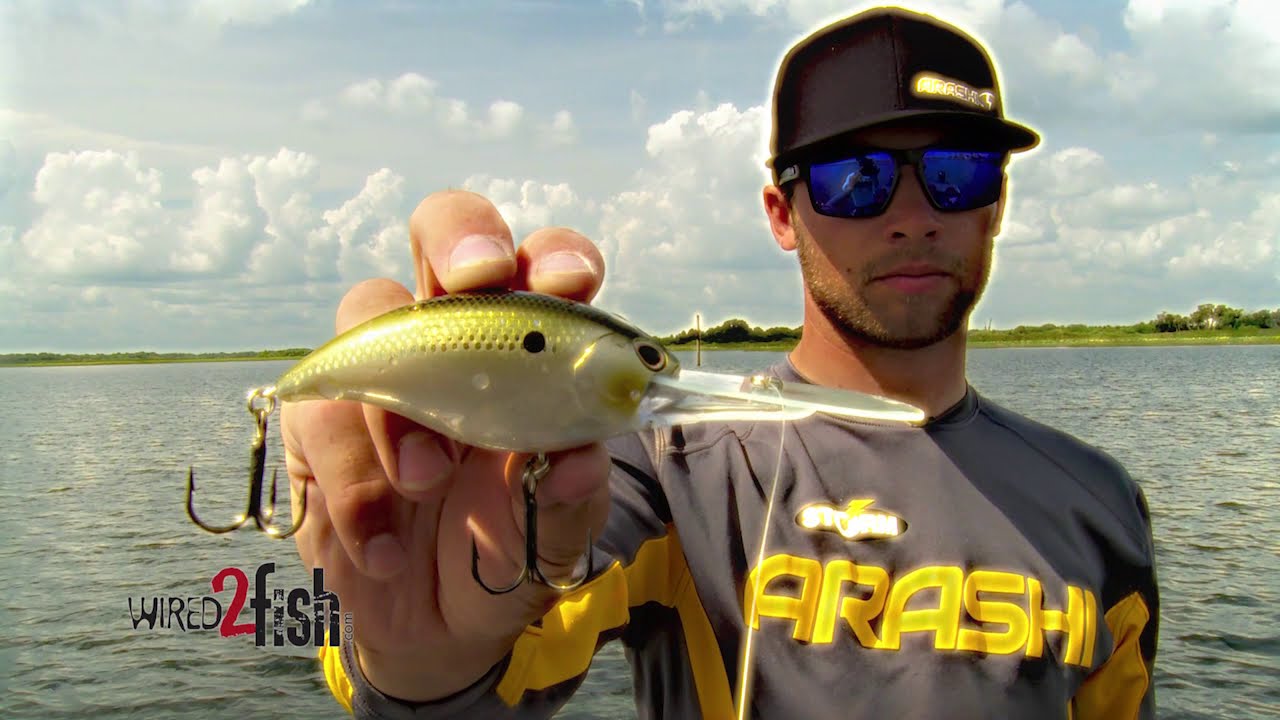Over my years of becoming “serious” with tournament bass fishing, I have found myself reading a ton of materials. I read magazines, articles, books, and news boards as well watch fishing shows of television. I can’t get enough information. Sometimes I think I may just read too much and confuse myself.
I started clipping articles, saving news clipping, and creating my own little book of tips and techniques.
In this article, I’m going to share some of those tips for surface lures with you that have helped me with my bass fishing learning curve.
Contents
When is the right time to throw surface lures?
Most bass experts believe the time to start throwing surface lures is once the temperature starts to get around 65 degrees. Post spawn should be going on during this time and the bass will be leaving the beds and resume feeding heavily; however, there are always exceptions to every rule. Many big bass have been caught in water temperatures close to 45 degrees.
Watch out for surface schooling
Large numbers of bass will chase baitfish to the surface in the summer and early fall. Looks for birds circling and fish breaking water. Have a topwater lure tied and on and ready. When this happens, cast into the breaking water and you are almost guaranteed a strike.
Go easy on the stiff rod.
When fishing a surface lure, don’t use a rod that is too stiff. Overreacting is easy with a topwater lure when that big bass strikes with a powerful crash. A medium action rod has enough tip action to allow a good strike before you react and pull the lure away from “Big Mama.”
Slow down on that reaction
Most people set the hook as soon as the strike occurs with surface bait. I know it’s hard not to, but you have to be sure the bass has the bait before setting the hook. See the strike, pause a second, and then set the hook.
Let’s take the dog for a walk.
Walking the dog is a zig-zag pattern that requires cadence. Point the rod tip towards the water and a little to one side. Twitch the rod while moving the handle a half turn. With each turn, the lure will go right, left, right, left. Work this technique over and around cover, pause it on occasion, and hold on.
Poppers and chuggers catch fish, too.
When you locate fish-holding in tight areas like a brush pile or grass just beneath the surface, case over to the area, let it sit a few beats, pop the lure once or twice, and then allow it to sit motionlessly.
Weeds and frogs
Lilly pads and matted vegetation are tough to fish with plastics, and impossible to fish with crankbaits. Locate openings in the pads and mats, and cast just past the open areas. Work the frog slowly up to the edge of the hole, and wait a second before going further. Ease the frog into the open area, and quickly try to get it to the other side. Bass will usually hit hard before the frog makes it to the other side. More times than not, the bass will be trailing the frog the entire time, just waiting for the frog to hit open water.
Colors and frogs
Frogs are mostly green, right? Yes, but most will say colors make a difference when fishing frogs. Use white or chartreuse on cloudy days, and black or darker greens on bright sunny days (bluebird skies). Some pass professors will paint contrasting spots on the belly of their frogs.
Well, these 7 tips were short and sweet.

